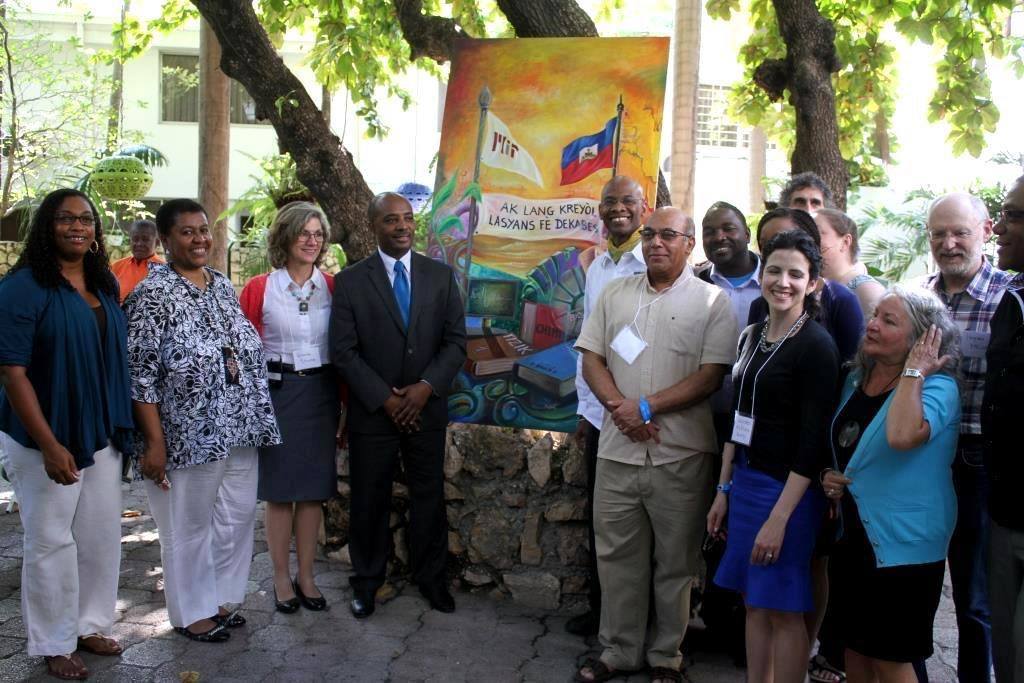Speaker: Martin Walkow (MIT) Title: Locating variation in person restrictions: When they arise and how to get out of them Date/Time:Tuesday, November 10, 1-2pm Location: 32-D461
Two analyses have emerged from work on variation in person based restrictions on agreement and cliticization. Cyclic Agree analyses (Bejar 2003,Bejar & Rezac 2009) locate the variation in (i) the feature specification of probes, (ii) the syntactic position of probes, and as a function thereof, (ii) the locality pattern of Agree. On the other hand, Multiple Agree analyses (Anagnostopoulou 2005, Nevins 2007, 2011) assume that both the specification of the probes and the locality pattern are constant, but that variation arises from the availability of different syntactic operations in different languages. Nevins (2007, 2011) in particular argues that the operation MultipleAgree is parameterized differently in different languages.
The two approaches have not been applied to the same data though. While Cyclic Agree has been applied to variation in person-restrictions between subjects and objects, Multiple Agree has been applied to restrictions on combinations of internal arguments known as the Person Case Constraint (PCC, Bonet 1994). This talk shows that Cyclic Agree can also account for the variation between two kinds of PCC, the Strong PCC (Bonet 1994) and the Ultrastrong PCC (Nevins 2007) via different specifications of the probe. Key to the analysis is the observation that the PCC can be understood as the lower direct object (DO) bleeding person Agree with the higher recipient, the reverse of what is typically assumed.
Cyclic Agree’s flexibility of deriving person restrictions in different syntactic structures also offers a better understanding of a second type of variation. Languages that show the same types of PCC can differ in the alternative strategies they use to realize person combinations banned by the PCC. This is demonstrated for Catalan (Bonet 1991) and Classical Arabic, which both show have strong and ultrastrong PCC speakers but differ in the which argument is targeted for alternative realization in PCC-violating person combinations. This difference will be derived from the different underlying structures in which the PCC arrises in the two languages.
